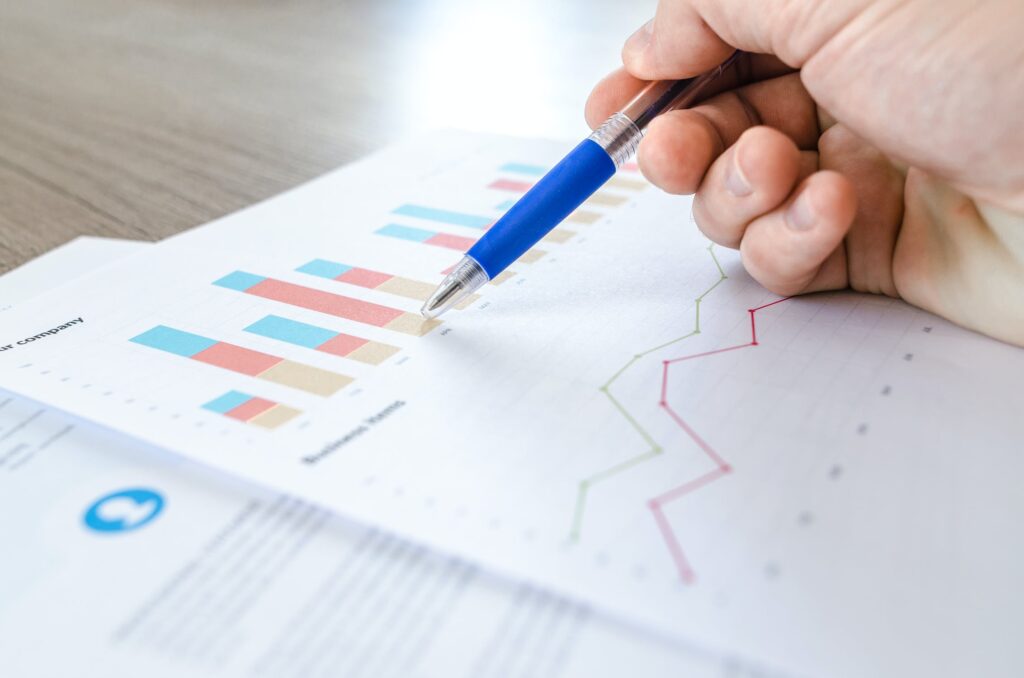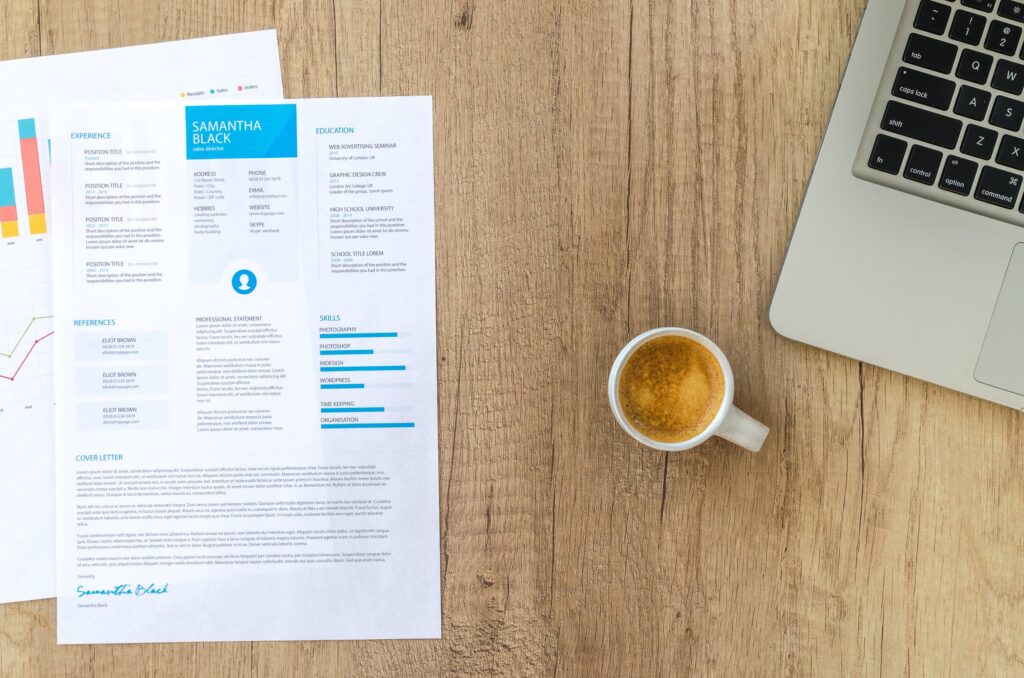Statistics project writing involves answering research problems using statistical approaches. Often the research problems originate from any area of scientific pursuit, sports, media, and nutrition.
According to statisticsguru, writing a statistics project is a challenging task. To design a properly structured project, one must calculate and express their ideas in writing. Therefore, to write an elaborate statistics project, you have to conduct a study, apply critical mathematical skills and concepts, and compose a formal report showing all the essential details.
You are expected to submit a project that reflects the application of scientific methods and has a focus question. You will also be required to collect pertinent information, carefully analyze it, and make reasonable conclusions. Keep in mind that the project ought to be presented in a particular form and line with a specific set of guidelines. Ultimately the aim is to provide exhaustive and understandable information to the audience through the statistical approach application. As you compose your project, be precise and straight to avoid using the first-person language.
Here Are More Specific Tips on How to Write Your Statistics Report.
-
Start by writing the abstract

It is a precise description, which is not more than 200 words summarizing the project’s elements. Avoid using excessive statistical and scientific language. The abstract needs to be mainly understood by the audience than those who will read the whole report.
Although your abstract should be on the first page of the report, consider writing it after you have finished the entire paper.
-
Do your introduction and state the problem in a precise statement

The readers need some background details as to why the project is significant. Present the intellectual concern of the problem, explain why it qualifies a scientific exploration, and also include the questions you target to answer. Things you should consider about the topic are whether it reflects on an already developed interest or it relates to a new field. Ensure that you have referenced previous publication for emphasizing purposes. All the citations must follow the required format.
Use concise and clear language to prepare the report’s tone. Consider writing the report in layman’s language other than scientific and statistical language.
Suppose other projects have been conducted in the area concerning the same subject or problems. In that case, you must incorporate a precise review of that work after completing your introduction. Discuss why your work is unique or what you intend to add to the already existing work.
If the report is founded on a set of scientific tests or information derived from demographic content or polls, you should indicate your hypothesis.
-
Present the research design and hypothesis

Considering it’s a formal report, hypothesis and design parts must be included. It is in this section that you interpret the intellectual concerns into your study. You need to reveal your information’s source, nature, and theoretical approaches to operational measures. Moreover, name other elements regulations that are affecting your dependent variables.
You need to formulate your hypotheses at this stage. Good assumptions are bold assertions of anticipations that result in falsification. Note that it is better to create a directional hypothesis that generates falsification other than non-directional. Formulating your hypothesis is keen on the linkage between different concepts in your theory and how you coordinate them.
At this stage, you provide elaborate details of how you conduct your research, the nature of tests that might have been performed, or the techniques you applied to gather raw information.
Add a description of techniques you applied to track outcomes, mostly if your study tests were observational or long term.
Mention any software, materials, or equipment you used during your research. If you used books, journals, websites, references should be made.
If you had to make any changes during the project’s development, highlight the changes and expound on what made you make the adjustments.
-
Conduct data analysis

In this section, you need to rely on your statistical experiments’ results, referring to the hypotheses being experimented. It is also important to present the statistics tabulations. Create enough time to develop good tables, including informative headings. While doing your analysis, explain the results in the context of the problem statement and previous literature. Keep in mind that this section should be just facts without explaining what the facts imply.
Begin with the main findings, the add subsidiary findings or facts that are interesting or trends that you identified
Avoid reporting findings that have no relevance with your original anticipations or hypotheses. However, if you identified a startling and unanticipated thing through your study, you can mention them.
This section is the longest in the report since it carries the detailed statistics. more also it will be the most challenging driest for your readers to read through, mostly if they are not statisticians
Use small charts or graphs since they represent your findings more clearly than in written form.
-
Make a conclusion

At this point, you bring your discussion to an end. It’s at this point that you embark on the problem that you stated at the beginning. Connect your data analysis to the broad intellectual issues demonstrated in the introduction. It is also vital that you summarize your analysis findings and reveal whether the research disagreed or supported the results of your analysis’s existing hypothesis.
If your results contradict or relate with any previous research, talk about it in this section. Also, address any issues you might have experienced during your study.
Discuss the things that were on the hindsight that you identified that would have made the data collection more efficient
Highlight any speculations or more questions that crossed your mind while you were undertaking your study. However, be precise to avoid your assumptions and thoughts overriding the project itself.
-
References

At the end of the report, you need to compile a list of resources you used, whether books, articles, or websites. Remember that you need to cite correctly any borrowed information to avoid plagiarism, which is a severe academic mistake.
